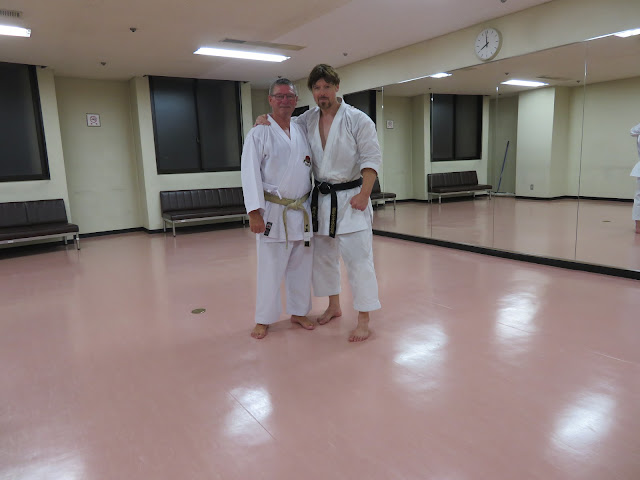和 (Wa) in Japanese is a concept which is integral in Japanese culture and is best translated as ‘HARMONY’. In particular, in the daily lives of the Japanese population; that is, “the maintenance of peacefulness, conformity and self-responsibility within society and various groups/organizations”. The underpinning and unspoken understanding is that each individual places higher value on contributing towards a harmonious community above and beyond their self-vested interests.
Accordingly, Wa is an imperative aspect of traditional Japanese family values, work life and so forth. Individuals who break or damage group harmony are ‘brought into line’ covertly and/or overtly via their respective family, colleagues or 先輩 (senpai)
Deeply entrenched hierarchical structures exist right across Japanese society; moreover, they primarily exist to teach, propagate and maintain Wa.
Again, what makes it so unique is that when Wa is rewarded, it is rarely for individuals but, rather, groups; thereby, further reinforcing collective unity.
One observation I’ve made over the years—especially when attending my daughters 運動会 (Undokai or ‘Annual School Sports Day’)—is primarily based on dantai or “group/team competition”.
With the exception of relays, in the West, most events are ‘individual’. Here, we see just one of the dimensions of the Japanese education system teaching Wa and, in doing so forming Nihonjin. Seeing the synchronized dances of the children is always very impressive. It vividly reflects the intense and harmonious practice. It highlights the saying: “There is no ‘I’ in TEAM”.
The perfect situation… Well, ultimately, I believe the best situation is to harmoniously interact—to apply Wa—with those around us, while balancing that with our unique individual characteristics and marvelous creativity. In this way Wa can be externally expressed in society, whilst the individual will not be internally repressed. In sum, the ideal situation is: ‘ heathy societies together’ and ‘healthy unique human beings’.
Lastly, when we consider safety, etiquette/good manners, quality service and cleanliness, it is irrefutably true that Japan is a remarkably amazing nation. Especially considering it’s small size and correspondingly large population. Certainly, Wa is at the heart of this success. Consequently, I have deep respect for Japan, the Japanese people and it’s superb education system.
This nation, its people and education have all strongly influenced Karate-Do and Budo in general. Indeed, 和 (Wa) has been an underpinning element in the spread and popularity of the various arts of Japan around the world.
押忍!
André Bertel
©︎ André Bertel. Oita City, Japan (2024).






%20-%20August%201st,%202024..png)



